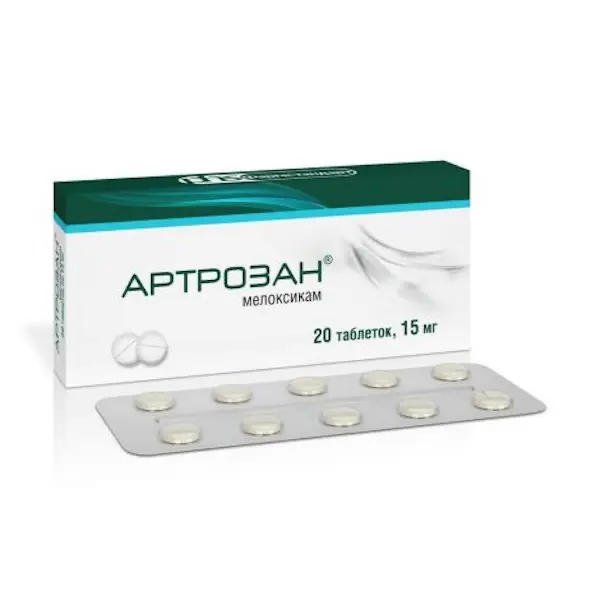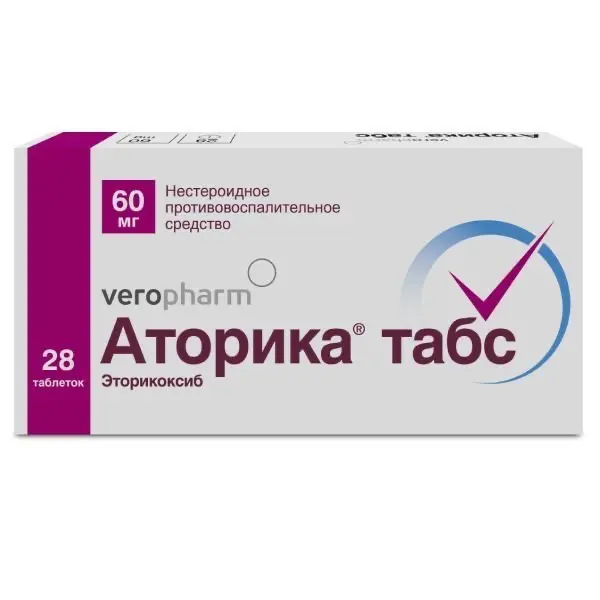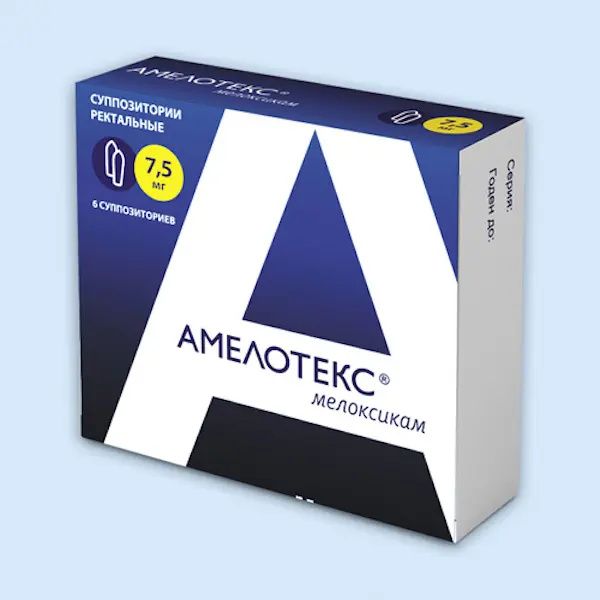Description
Spasmopharm Pharmacodynamics
Spasmopharm is a combined drug with pronounced antispasmodic and analgesic action.
Metamizole sodium has a pronounced analgesic and antipyretic effect in combination with a less pronounced anti-inflammatory and antispasmodic activity. Its action is due to inhibition of prostaglandin and endogenous algogens synthesis, increase of threshold of excitability in thalamus, influence on hypothalamus and formation of endogenous pyrogens.
Phenpiverinia bromide has a moderate m-cholinoblocking effect, reduces tone and motility of smooth muscles of the stomach, intestines, bile and urinary tract.
Pitophenone has a papaverine-like effect on smooth muscles of vessels and internal organs with a pronounced antispasmodic effect.
Indications
For short-term symptomatic treatment of severe and moderate acute pain syndrome in spasms of smooth muscles of internal organs:
– gastric and intestinal colic;
– Renal colic in renal stone disease;
– Spastic biliary dyskinesia;
– algodysmenorrhea
Contraindications .
– Hypersensitivity to any component of the drug;
– Hypersensitivity to pyrazolone derivatives (including patients with agranulocytosis due to the use of these drugs) or to other NSAIDs;
– severe renal or hepatic insufficiency;
– acute hepatic porphyria;
– glucose-6-phosphate dehydrogenase deficiency;
– intestinal obstruction and megacolon;
– disorders of medullary hematopoiesis (e.g., due to treatment with cytostatics) and diseases of the hematopoietic system (agranulocytosis, leukopenia, aplastic anemia);
– Grade II-III prostatic hyperplasia;
– gallbladder and bladder atony;
– Arterial hypotension and hemodynamic instability;
– Pregnancy and breastfeeding;
– Children under 15 years of age.
Administration during pregnancy and breast-feeding:
Pregnancy .
The results of animal studies indicate that the drug has no embryotoxic and teratogenic potential. Strictly controlled studies in pregnant women have not been conducted to date. In spite of the fact that sodium metamizole is a weak inhibitor of prostaglandin synthesis, the possibility of premature closure of the arterial (Botall’s) duct as well as perinatal complications due to decreased platelet aggregation of the fetus and the mother cannot be excluded, so the drug is contraindicated during pregnancy.
Breast-feeding
As the metabolites of sodium metamizole are excreted with the breast milk, it is recommended to stop breast-feeding if it is necessary to use the drug.
Directions for use and dosages
- The drug is administered strictly intramuscularly!
- The drug is intended for short-term use!
- The drug should be used under close supervision of a physician so that emergency treatment may be provided in case of risk of anaphylactic shock in patients with hypersensitivity to sodium metamizole or pyrazolone derivatives.
- Adults and children over 15 years of age (>53 kg)
- The drug is administered intramuscularly in 2-5 ml volume in adults and children over 15 years old. If necessary, the dose is repeated after 6-8 hours. Maximal daily dose should not exceed 6 ml of the drug (equivalent to 3 g of sodium metamizole).
- The duration of treatment shall be 2-3 days.
- After achieving therapeutic effect it is allowed to switch to treatment with oral analgesics and antispasmodics.
- If there is no therapeutic effect, treatment shall be discontinued.
- Patients over 65 years of age.
- Dose reduction is generally not required. In patients with age-related hepatic and renal dysfunction, the dose should be reduced because the elimination half-life of sodium metamizole metabolites may be increased (see section “Pharmacokinetics”).
- Patients with impaired renal function
- Sodium metamizole is excreted in the urine as metabolites. In patients with mild to moderate renal impairment, half the adult dose is recommended.
- Patients with impaired liver function
- The elimination half-life of active metabolites of sodium metamizole is prolonged in such patients. High doses should be avoided in patients with hepatic impairment. There is no need to reduce the dose in short-term use.
- There is not enough experience of long-term use in patients with renal or hepatic impairment.
- Children
- The drug is contraindicated in children under 15 years of age (see section “Contraindications”).





